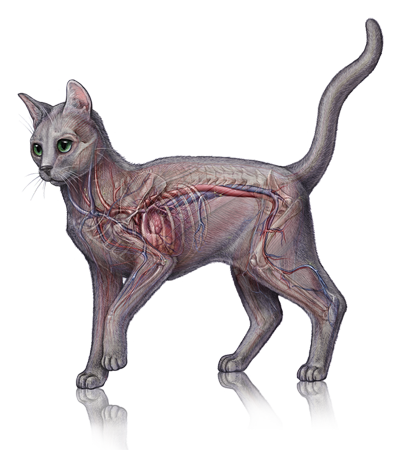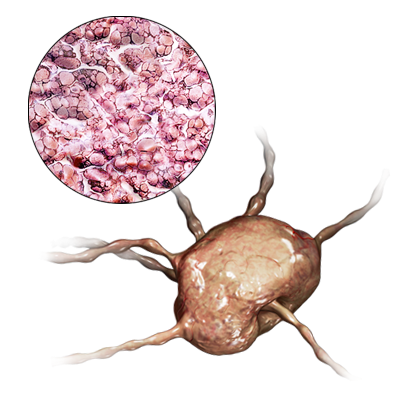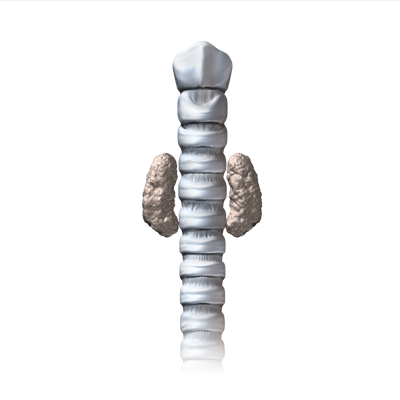
The circulatory system delivers vital oxygen to the tissues in the body and carries wastes from the tissues to be excreted. The cycle of blood circulation begins in the heart. The heart pumps blood through the lungs to fill up with oxygen. From the lungs, oxygen-rich blood returns to the heart to be pumped out to the tissues. After delivery of oxygen the tissues, blood collects wastes (e.g.: carbon dioxide) from the tissues. Oxygen depleted blood, containing wastes, returns to the heart once again to be pumped to the lungs to rid itself of carbon dioxide while simultaneously acquiring more oxygen.
If your pet experiences heart problems, you may notice: hiding, lack of socializing, exercise intolerance, pale gum color, cold extremities, weakness, lethargy, collapse, poor appetite, and/or labored breathing.
Common abnormalities of the heart include
- Inability to effectively pump blood through the body as is seen with heart failure.
- Electrical disturbances within the heart. The heart possesses an entire electrical system to activate the heart muscle to pump blood. If there is a block in the circuit or an abnormal circuit develops, the heart cannot pump effectively. Examples include: atrial fibrillation and ventricular tachycardia.
- Incorrect plumbing pathways through the heart cause pumped blood to travel in uncoordinated directions. Some heart and blood vessel malformations develop in utero, before birth (e.g.: Patent Ductus Arteriosis, PDA and Subaortic Stenosis, SAS), while others develop as your pet ages (e.g.: Mitral Valve Insufficiency, MVI).
- Heart muscle abnormalities, known as cardiomyopathies.
- Heartworm infection
- Blood, although a liquid, is a tissue: it is filled with cells. Blood carries red blood cells to deliver oxygen and white blood cells to ward off infection. The water portion of blood surrounding the cells contains nutrients, proteins, and hormones that are essential for life. Your pet may experience deficiencies and/or excesses of any of these blood components, leading to disease.
Adrenal Glands

Nestled next to the kidneys are the adrenal glands. The adrenal glands develop from two distinct tissue types to form one organ. The outer portion (cortex) originates from glandular tissue, while the inner portion (medulla) originates from nerve tissue. These distinct layers also reflect different functions: 1) the cortex secretes sex hormones (e.g.: estrogens and androgens) and hormones that regulate salt (e.g.: aldosterone) and sugar (e.g.: cortisol) metabolism and 2) the medulla is under neurologic control releasing adrenaline during the “fight or flight” response. Adrenal gland abnormalities develop when there are excesses or deficiencies of any of these hormones. Treatment for deficiencies focuses on restoration of normal hormone levels by hormone replacement therapy. Excess hormone levels may be treated medically; rare cases require surgery to remove the affected adrenal gland to restore normal hormone levels
Heart

What makes your cat’s heart tick? A cat’s four-chambered heart is a complex, synchronized network of electrical circuits woven through the cardiac muscle. The heart is the pump at the center of the circulatory system. This system delivers vital oxygen to the tissues in the body and carries wastes from the tissues back to the lungs to be exhaled. Problems with this vital pump include abnormal: 1) blood flow (heard as a murmur), as in congenital defects, 2) heart muscle function termed, cardiomyopathies; and 3) electrical signals in the heart muscle (e.g.: atrial fibrillation), causing uncoordinated contractions of the heart. Indications that your cat may have a heart problem include: hiding, exercise intolerance, cold extremities, weakness, collapse, and/or changes in breathing patterns; cats with heart disease rarely cough.
Lymph Node

Scattered throughout the body are numerous lymph nodes. The lymph nodes are immune centers that help to fight infection. When your veterinarian examines your pet, multiple lymph nodes will be felt to assess for normal size and texture. Enlarged lymph nodes can be caused by infections (viral, bacterial, and fungal), inflammation, and tumors. If your veterinarian finds an enlarged lymph node, a small sample of the lymph node can be aspirated and evaluated under the microscope. Under the microscope, inflammatory processes can be distinguished from cancer. Occasionally, lymph nodes need to be biopsied if the aspirate sample is not conclusive.
Thyroid

The thyroid glands rest on each side of the neck. These small glands secrete thyroid hormone to regulate the body’s metabolism. An excess of this hormone increases the metabolic rate (hyperthyroidism), while a deficiency slows down the metabolic rate (hypothyroidism). Hyperthyroidism is much more common in cats; hypothyroidism is rare. Cats with hyperthyroidism tend to be middle aged and older cats. The increase in metabolic rate causes cats to develop a voracious appetite with weight loss, excessive thirst and urinations, vomiting, diarrhea, and behavioral changes. Multiple therapies exist for hyperthyroidism. Your veterinarian will discuss with you the safest treatment for your cat.
What's Next
Call us to schedule an appointment
Meet with a doctor for an initial exam.
Put a plan together for your pet.

